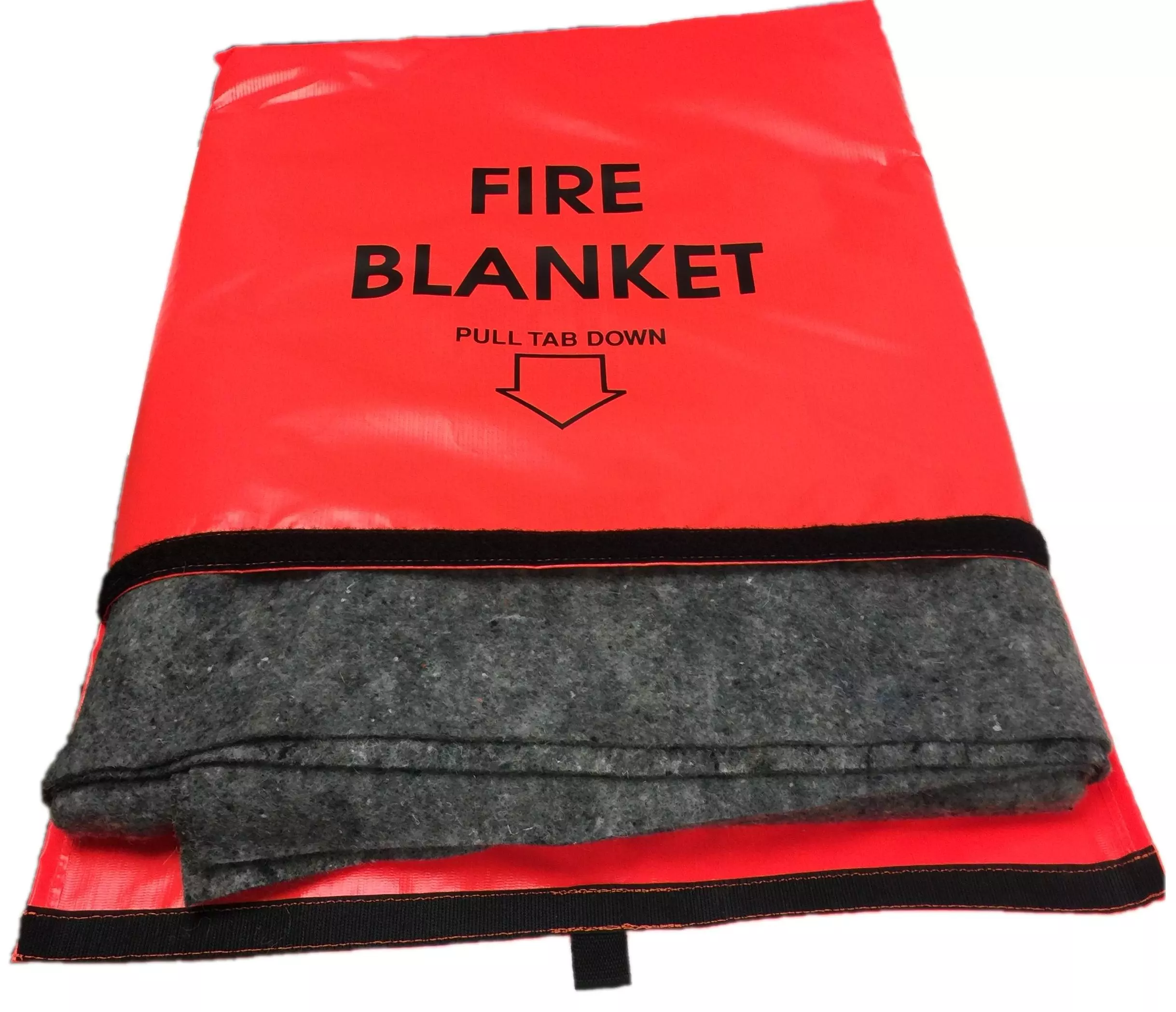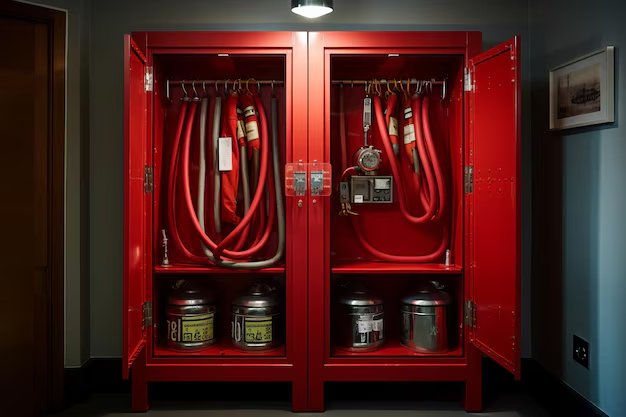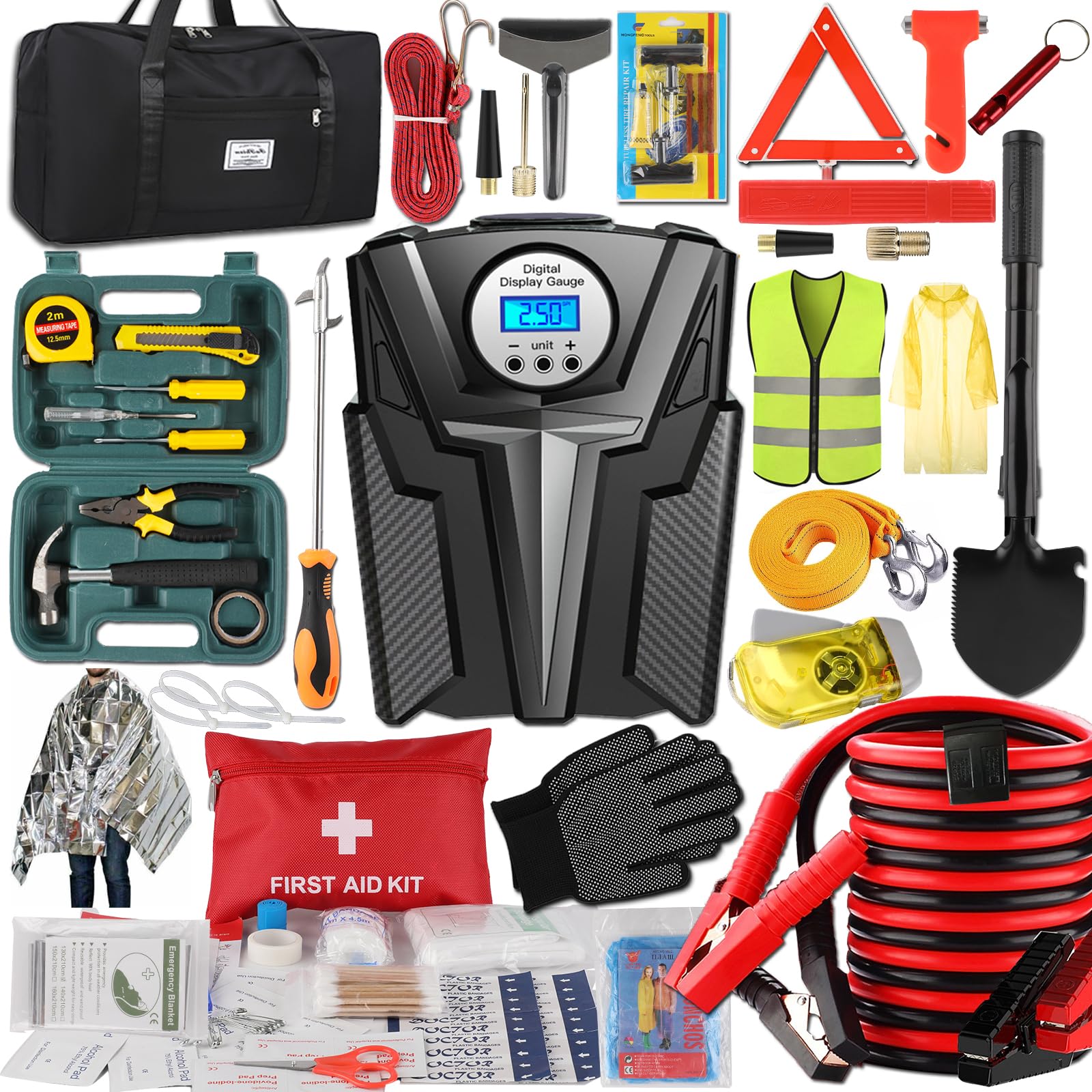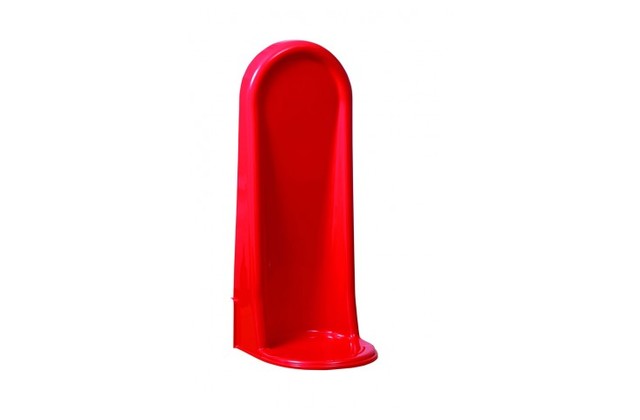Fire blankets, often associated with extinguishing chip pan fires, are gaining recognition for their versatility in various fire safety scenarios. These essential firefighting tools serve as a critical component in effective fire risk assessment and management strategies, catering to numerous environments, from workplaces to home kitchens. A fire risk assessment is a systematic examination of potential fire hazards in a given environment, aimed at identifying risks and implementing appropriate control measures. Fire blankets play a crucial role in this process by providing an immediate and accessible means of extinguishing small fires, thereby mitigating risk before it escalates into a larger incident. When conducting a fire risk assessment, it’s vital to consider the various scenarios in which a fire blanket could be deployed, ensuring that they are readily available in strategic locations. One of the key advantages of fire blankets is their simplicity of use. Unlike traditional fire extinguishers, which may require specific knowledge and techniques to operate effectively, fire blankets can be deployed quickly and without extensive training. This makes them particularly valuable in environments where personnel may not be trained in the use of more complex firefighting equipment. In the event of a small fire, such as a waste bin fire in an office or a cooking-related incident in a canteen, the ability to act swiftly can prevent a minor blaze from escalating into a major disaster. For effective fire risk assessment, it is essential to evaluate the likelihood of various fire scenarios and the potential consequences of those incidents. This involves identifying high-risk areas, such as kitchens, electrical equipment zones, and storage areas for flammable materials. By placing fire blankets in easily accessible locations near these potential hazards, organizations can enhance their fire response capability. For example, installing fire blankets in kitchens where cooking fires may occur or in storage areas where flammable waste is present can significantly reduce response times.
Additionally, the modern fire blanket is designed for ease of installation and maintenance. Regular checks and servicing of fire safety equipment are crucial components of any comprehensive fire risk assessment strategy. Fire blankets should be inspected periodically to ensure they are in good condition, with any necessary maintenance performed promptly. This includes checking the accessibility of the blanket, ensuring that its container is easy to open, and confirming that it is free from damage or contamination. Moreover, during a fire risk assessment, it’s important to consider the training of personnel regarding the use of fire blankets. While their simplicity is a key advantage, educating staff about when and how to use a fire blanket can further enhance safety. This could involve regular fire drills that include the use of fire blankets, ensuring that employees are familiar with the equipment and confident in their ability to deploy it effectively in an emergency. In conclusion, fire blankets are an invaluable addition to any fire safety strategy, especially when integrated into a comprehensive fire risk assessment framework. Their simplicity, ease of use, and rapid deployment make them ideal for combating small fires across various environments. By strategically placing fire blankets in accessible locations and ensuring regular maintenance and staff training, organizations can significantly improve their fire safety protocols and protect lives and property from the devastating impacts of fire.
 teknowfeed
teknowfeed


